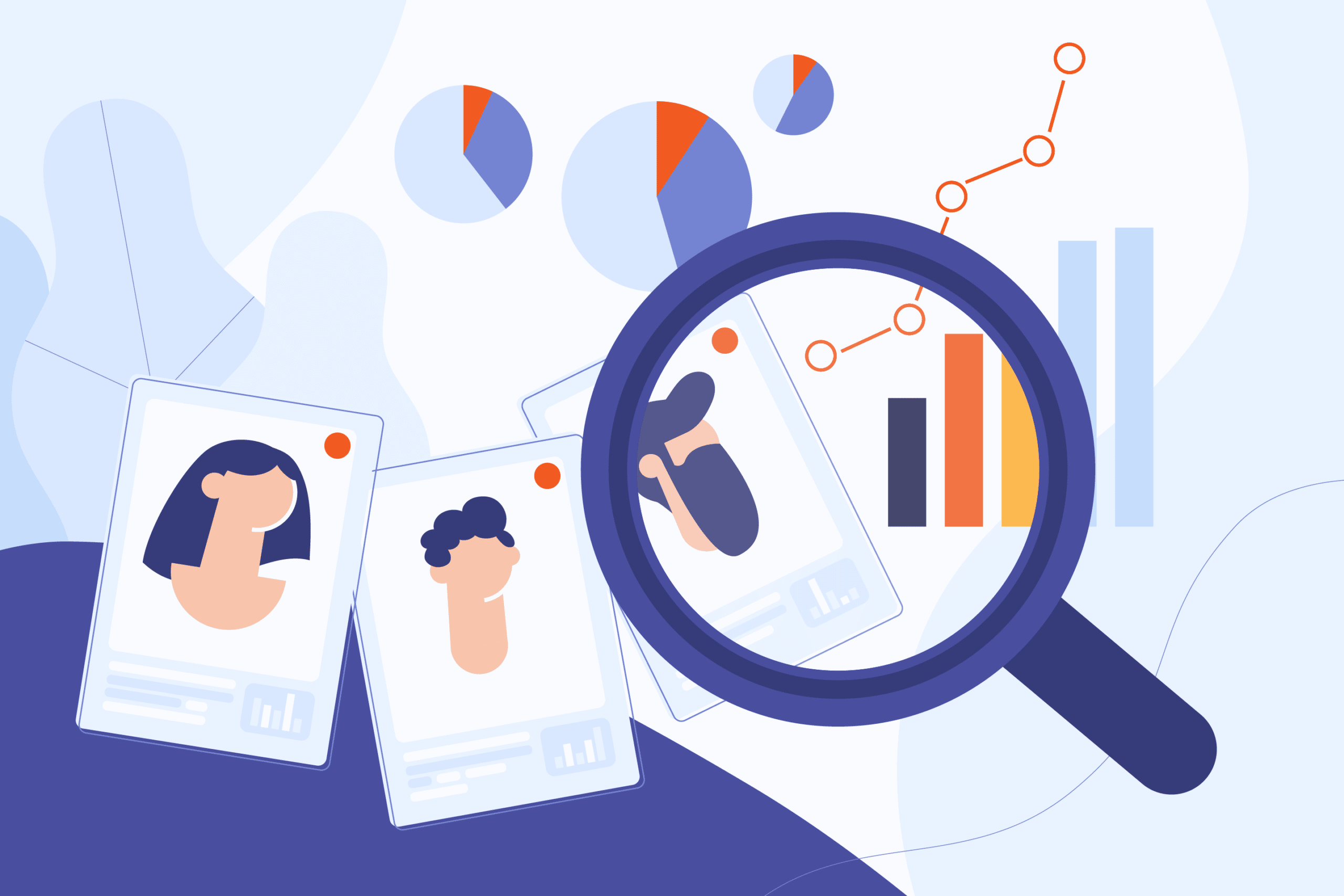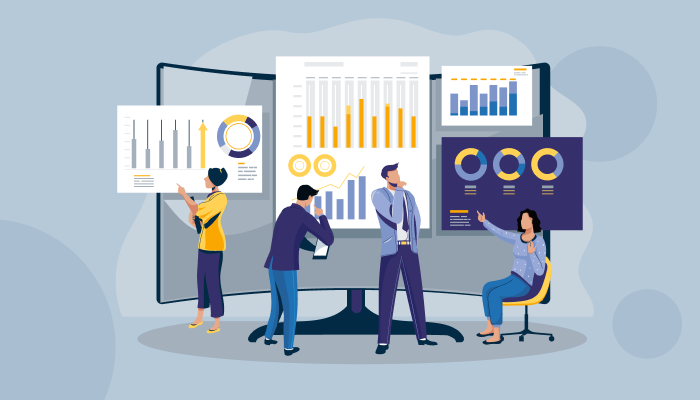Oct 10, 2024
Pros & Cons of AI for Market Research
AI Market Research

The use of AI in market research has its own set of advantages and disadvantages. While AI can be a valuable tool for researchers by assisting in various tasks such as creating research briefs, designing discussion guides, and analyzing data, it cannot completely replace the need for human researchers. However, it can greatly improve their work by freeing up their time for more important initiatives. As with any other technology, it is important to be aware of its limitations and drawbacks. This article aims to outline some of the strengths and limitations of utilizing AI in research.
Benefits of Using AI in Market Research
One of the key advantages of AI is its cost-effectiveness. With businesses always seeking ways to cut costs, AI offers a solution by providing cost-effective options for market research and consumer insights. In the past, there was a trend of outsourcing manual research tasks to regions with cheaper labor. However, AI now offers a similar solution, reducing expenses on labor and resources.
Another major advantage of using AI tools is their ability to significantly improve efficiency and productivity. By leveraging AI, businesses can generate discussion guides and surveys in a fraction of the time it would take manually. Additionally, AI can automate the process of data collection and analysis, enabling faster decision-making. This automation allows businesses to swiftly respond to user feedback and adapt to market trends, ultimately improving their overall performance and competitiveness.
Additionally, artificial intelligence (AI) has the potential to greatly enhance the accuracy and reliability of research. By implementing consistent and standardized processes, AI can effectively minimize human errors and biases, leading to more robust and trustworthy results. This technological advancement holds immense promise for advancing scientific knowledge and understanding.
Concerns of Using AI in Market Research
Despite its numerous benefits, there are also concerns surrounding the use of AI in research. The two main concerns are its lack of human intuition and the increased risk of bias. While AI excels at analyzing data and identifying patterns, it lacks the ability to understand context and emotions like a human researcher would. This may result in misinterpretation of data without human input. Moreover, there is a risk of unseen bias in AI systems, which can be difficult to detect. It is crucial to carefully review the outputs from AI and check for biases, with the help of an experienced researcher.
Another important consideration that arises with the increasing dependence on AI is the matter of data privacy and the possibility of data breaches. As the use of AI continues to grow, there is a greater chance of unauthorized access or misuse of sensitive information, which can have serious repercussions. Consequently, it is essential to prioritize the implementation of strong safeguards to safeguard data and thwart any potential breaches. This guarantees that individuals' privacy is upheld and their information remains protected.
Conclusion
How Can Researchers and AI Work Together?
To effectively harness the power of AI in market research and consumer insights, it is important to embrace it within certain boundaries. This can be achieved by understanding its capabilities and limitations and investing time in learning about different AI technologies. It is also crucial to avoid using a one-size-fits-all approach and carefully consider which AI tool would be best for the task at hand. Additionally, it is recommended to start using AI slowly and carefully, starting with simple tasks before moving on to more complex applications. Transparency with stakeholders is also key, as it helps build trust and mitigate any potential issues that may arise.
In conclusion, while there are valid concerns surrounding the use of AI in research, its benefits cannot be ignored. It is essential to understand how to effectively use AI while mitigating potential risks. With proper implementation and understanding, AI can become a valuable ally for researchers and their stakeholders.
Subscribe to our newsletter to get latest news in your inbox.
© 2025 Aurora. All Rights Reserved






